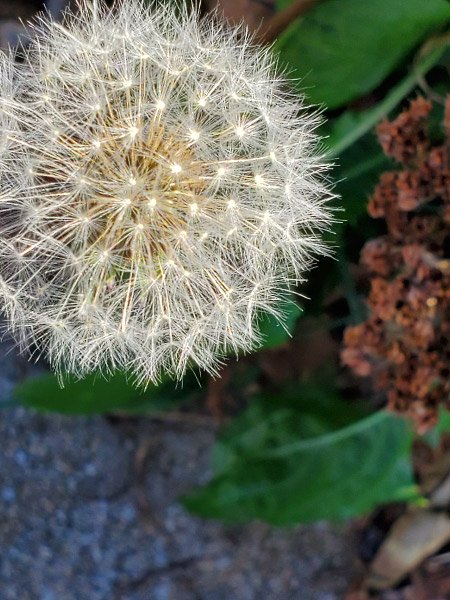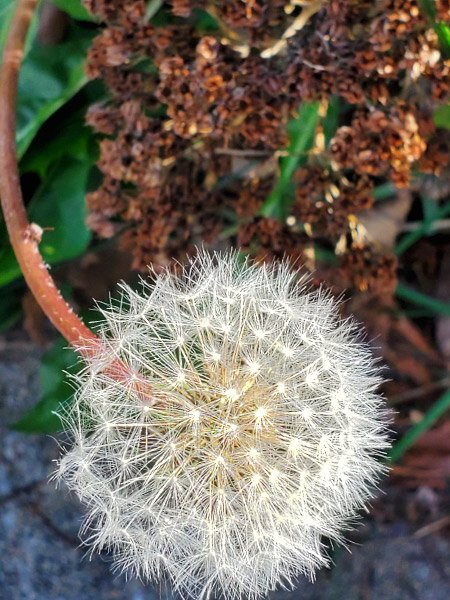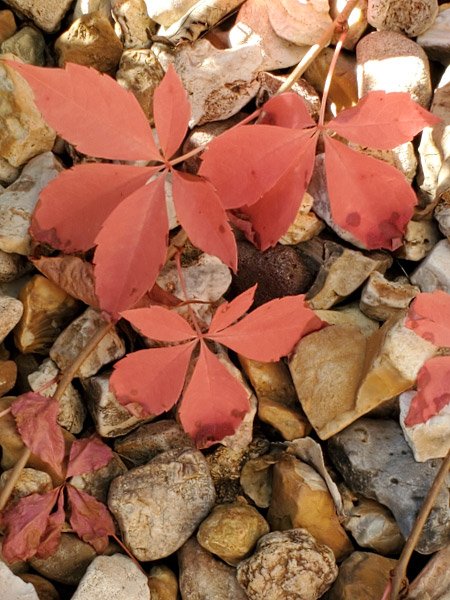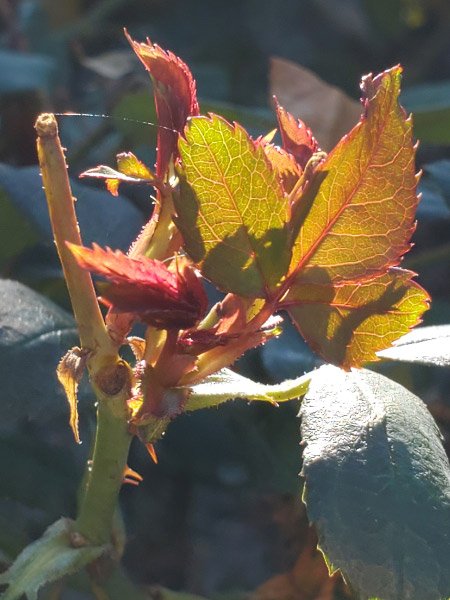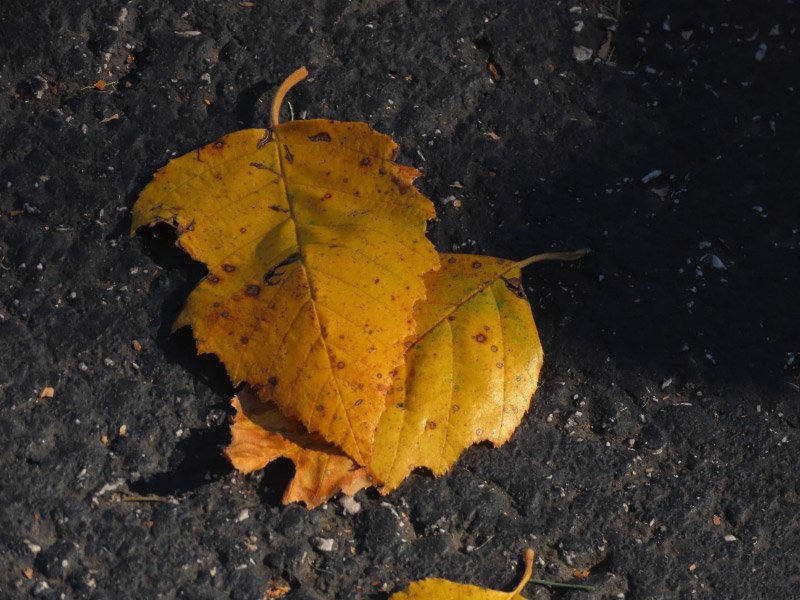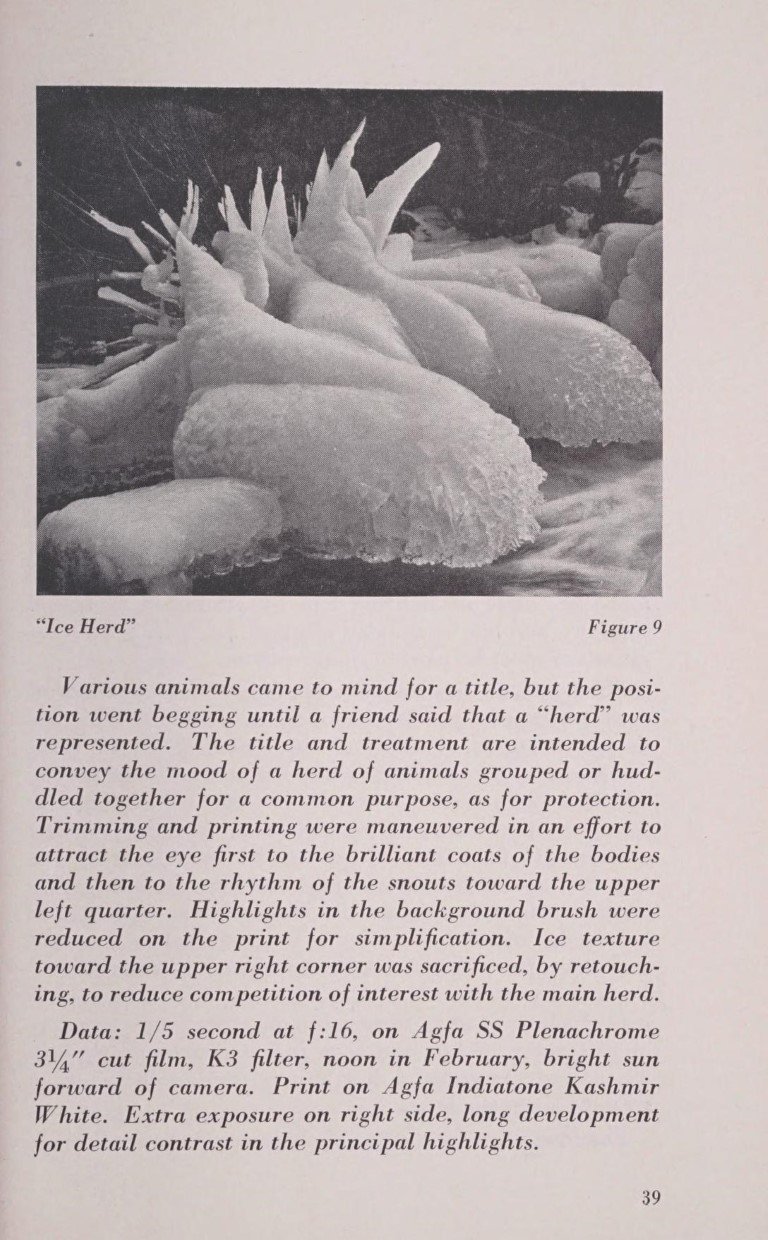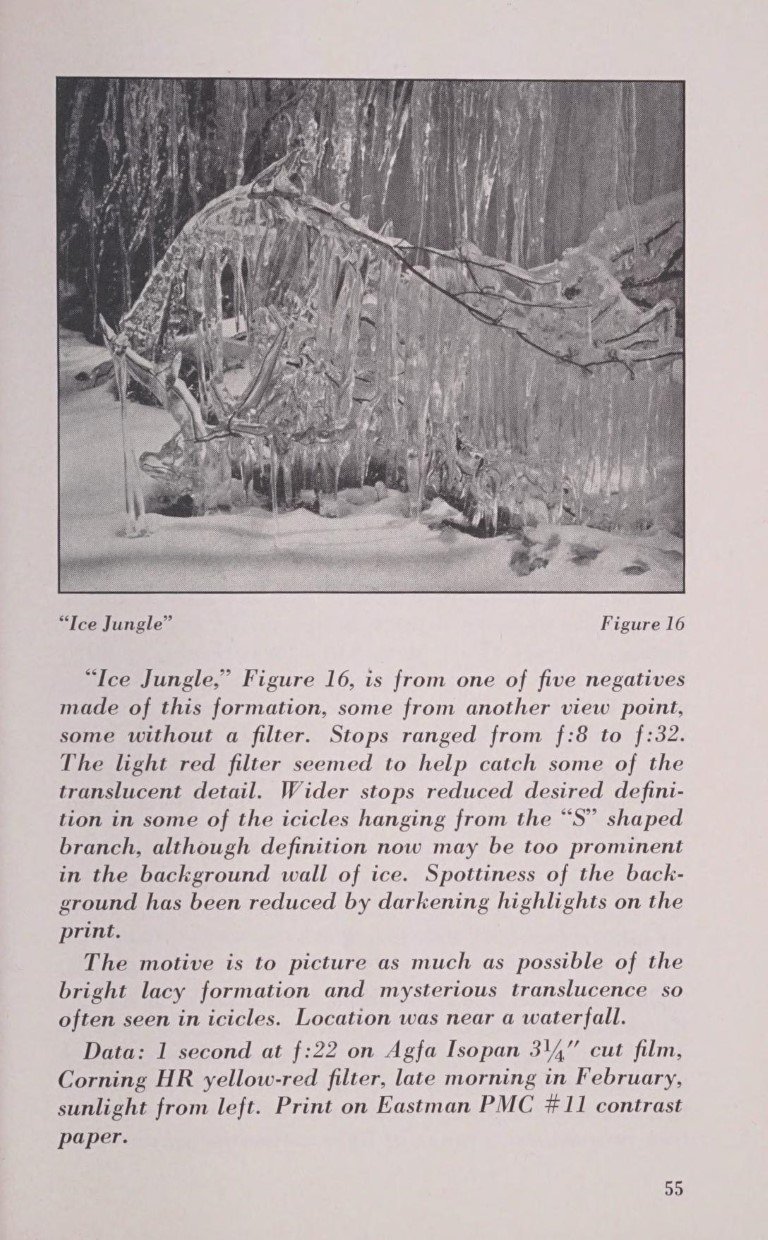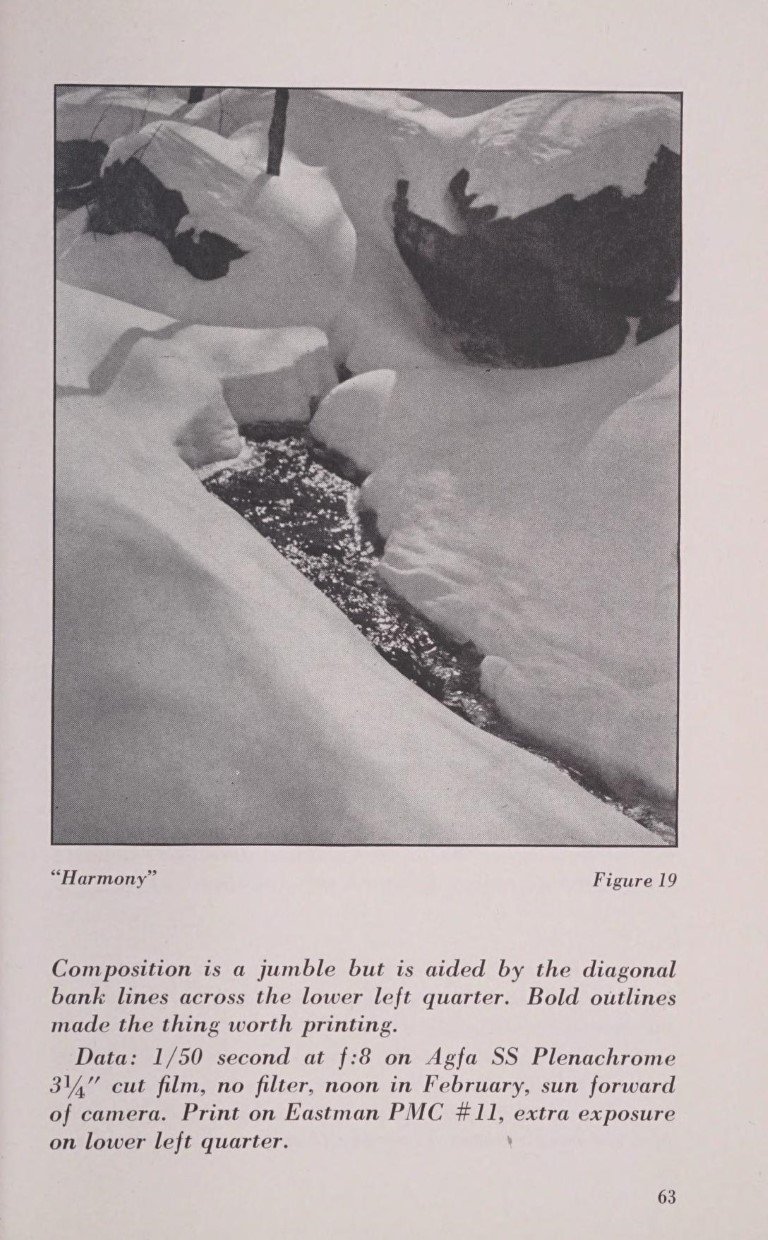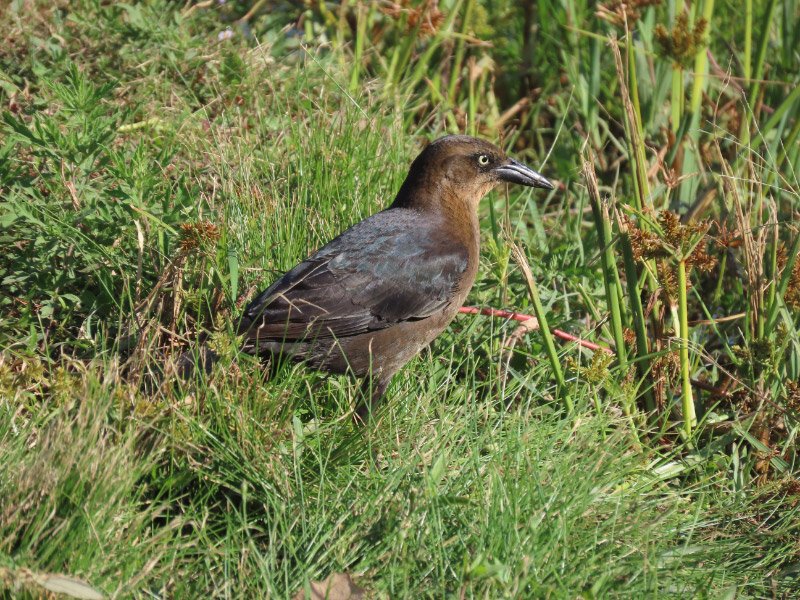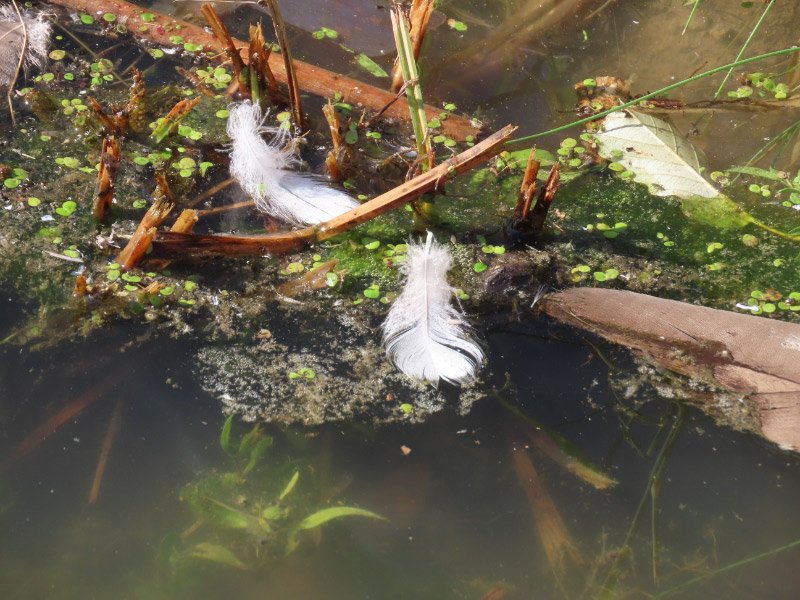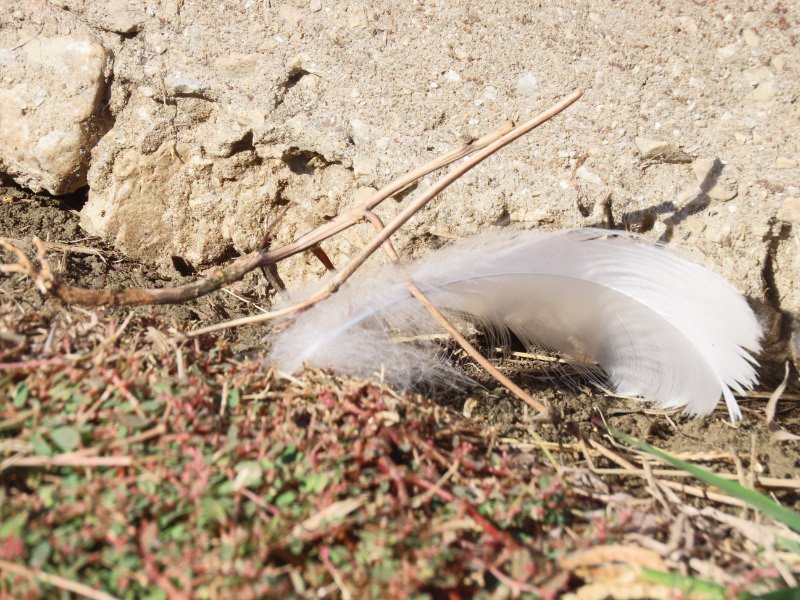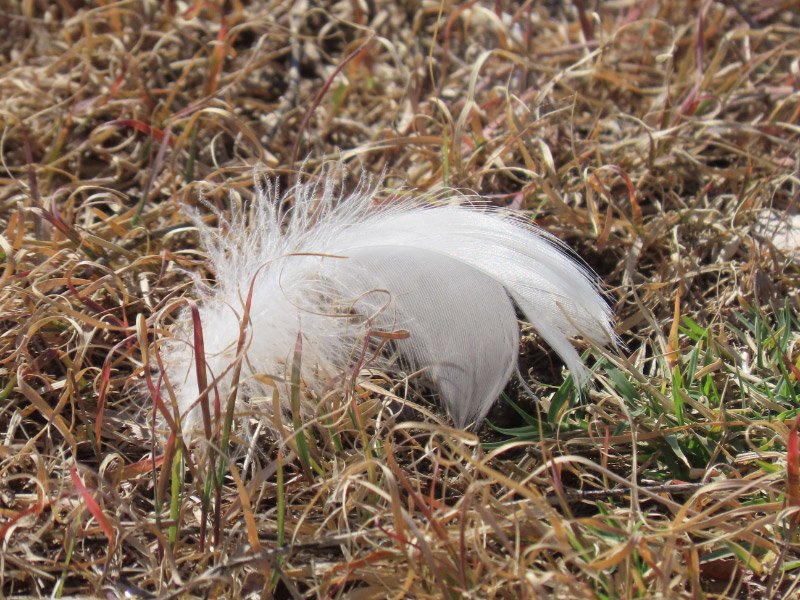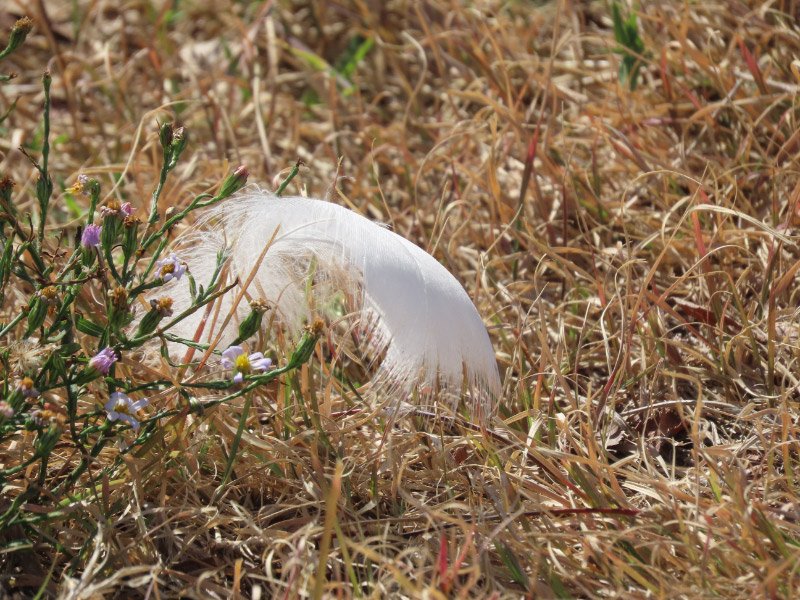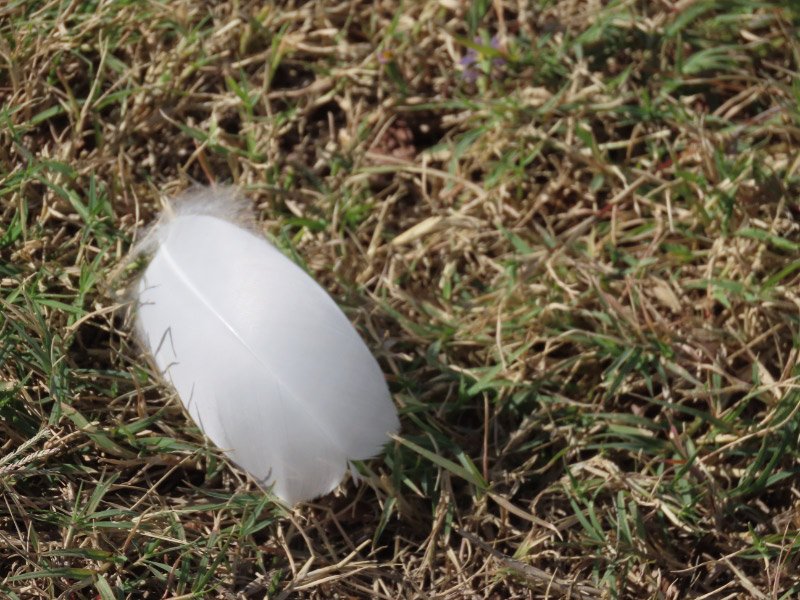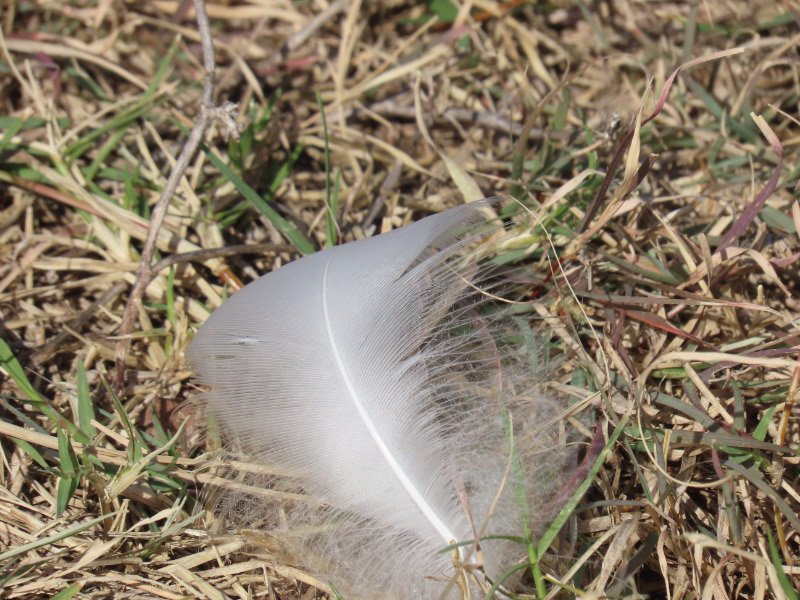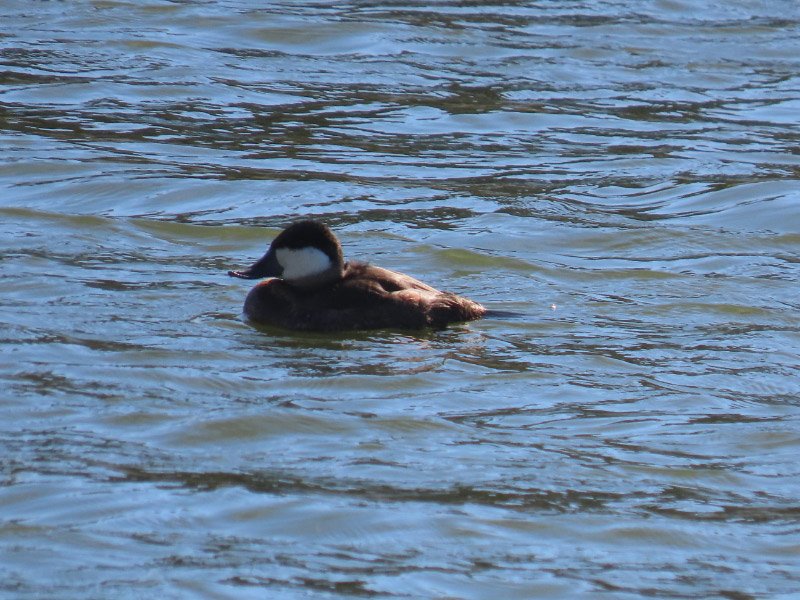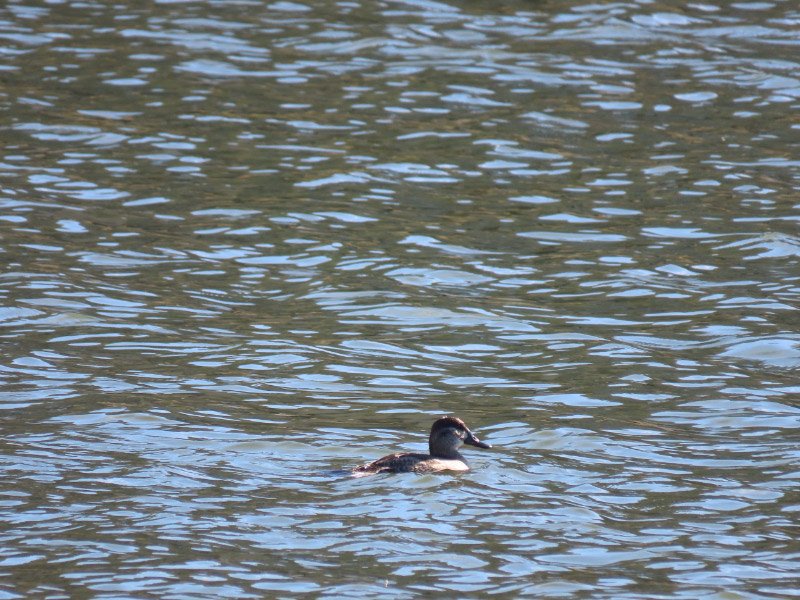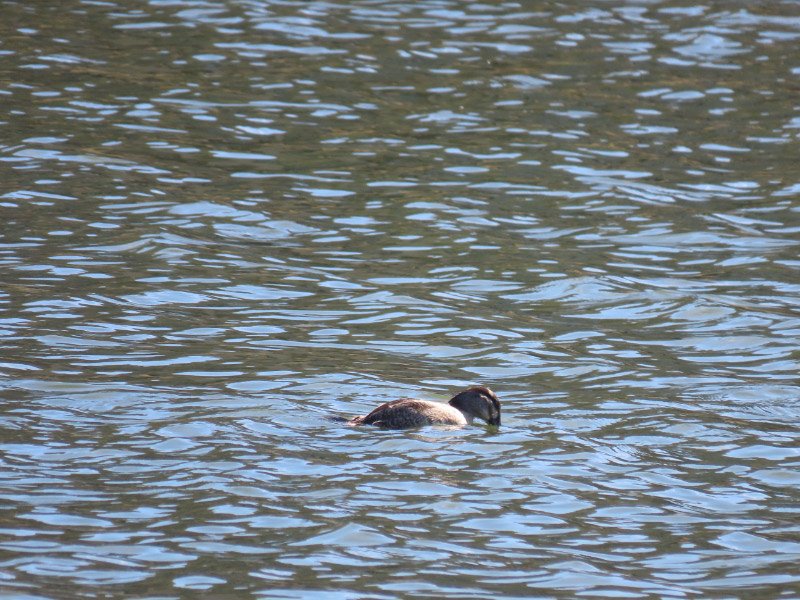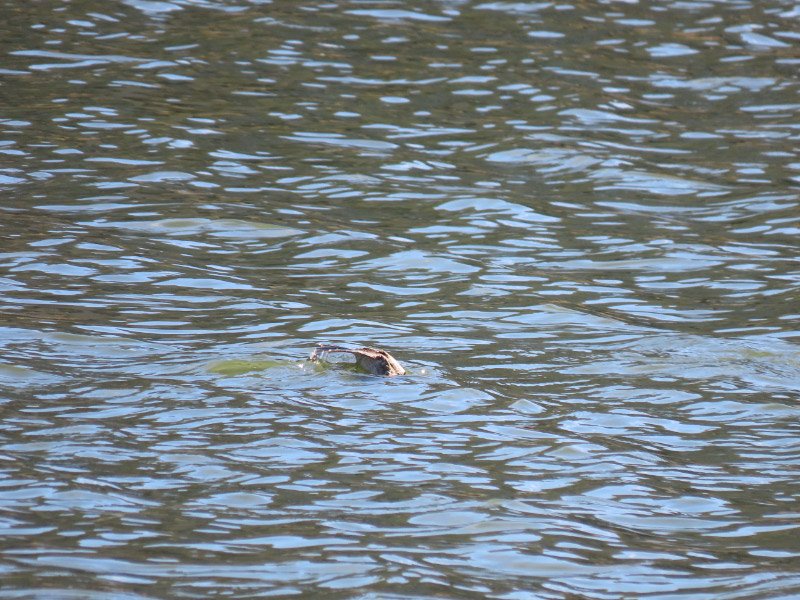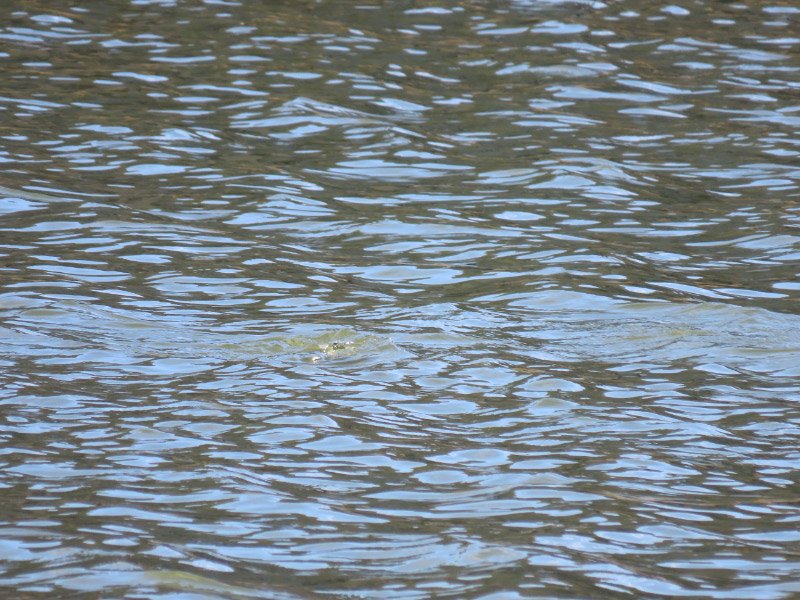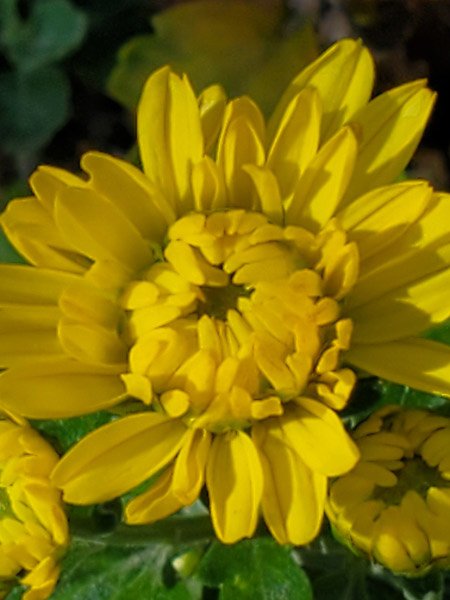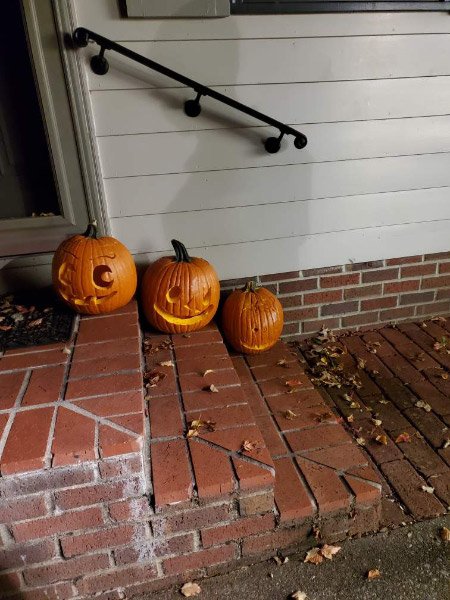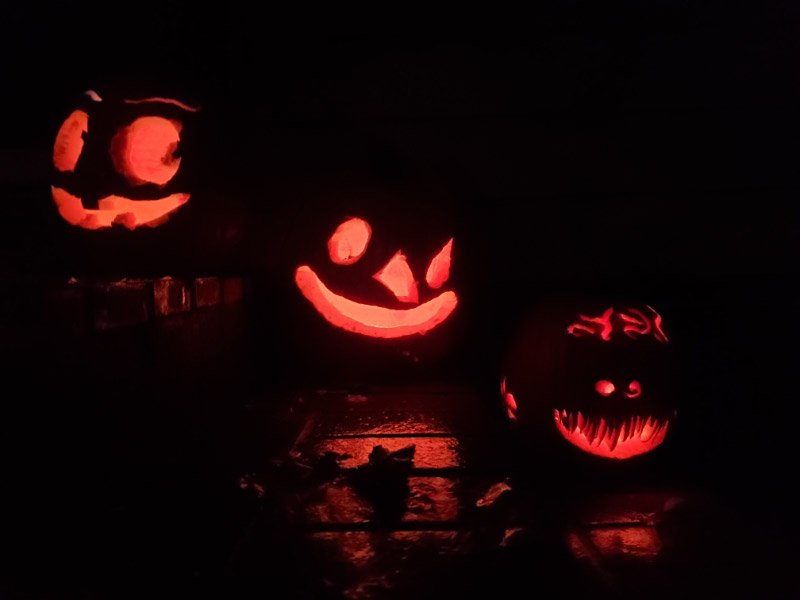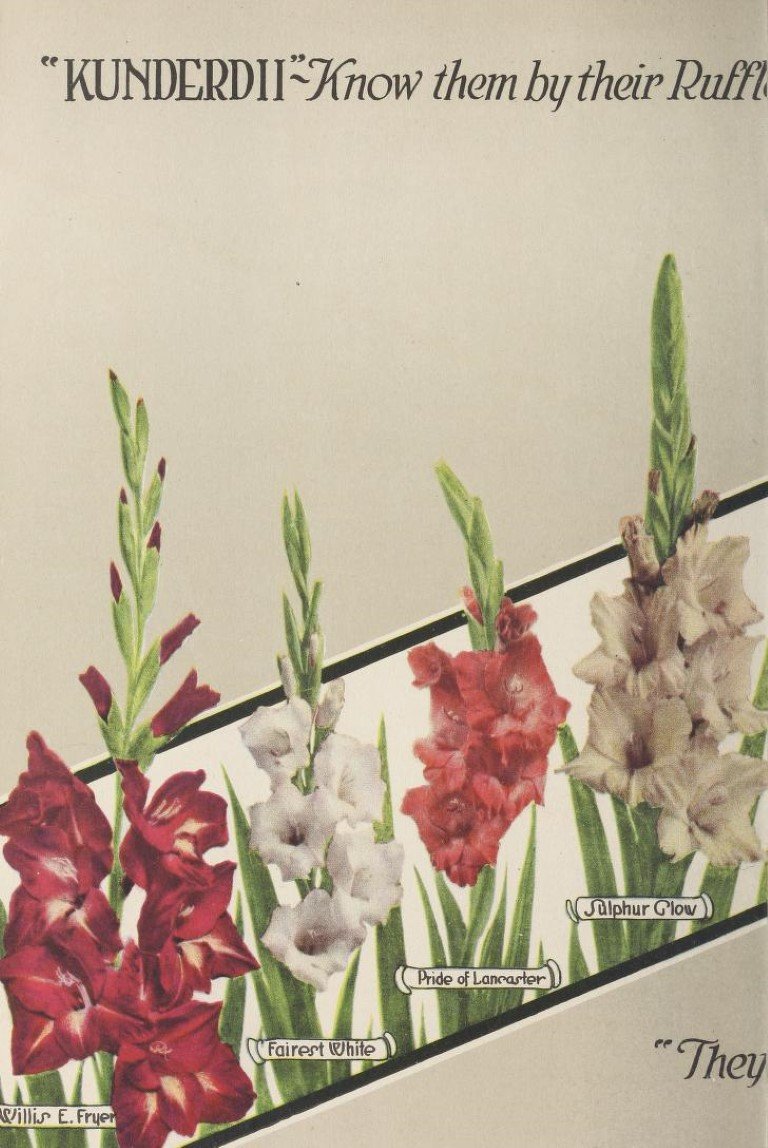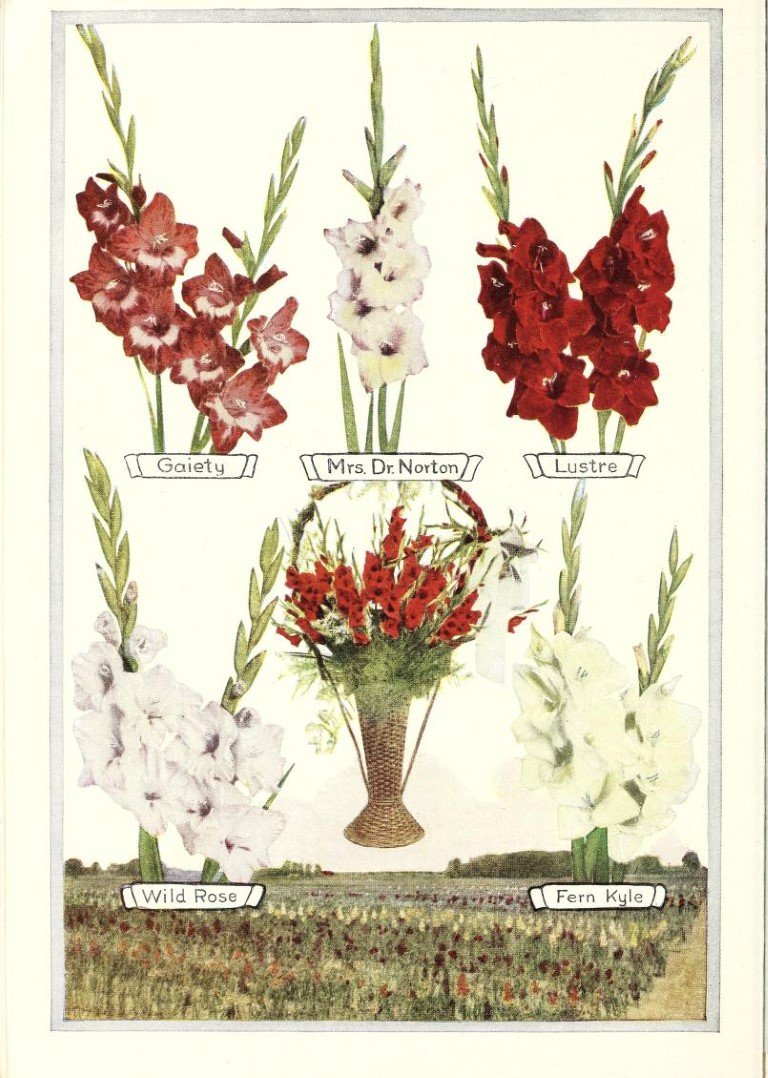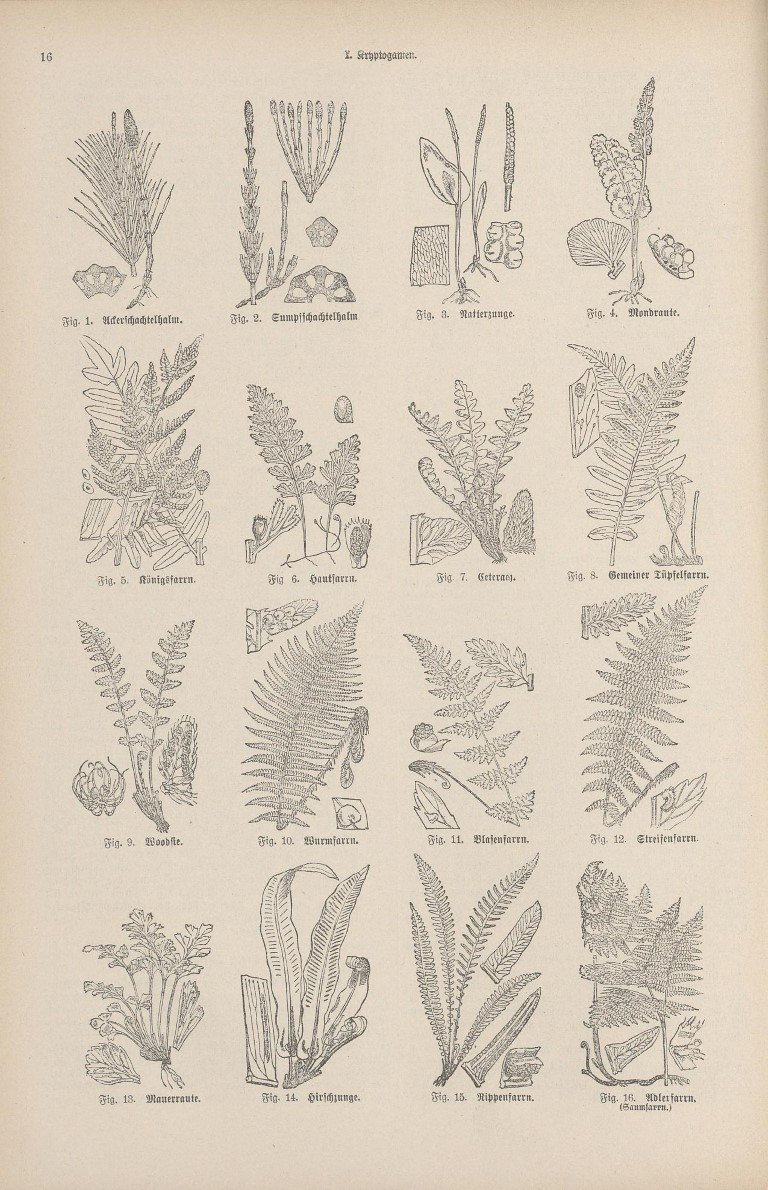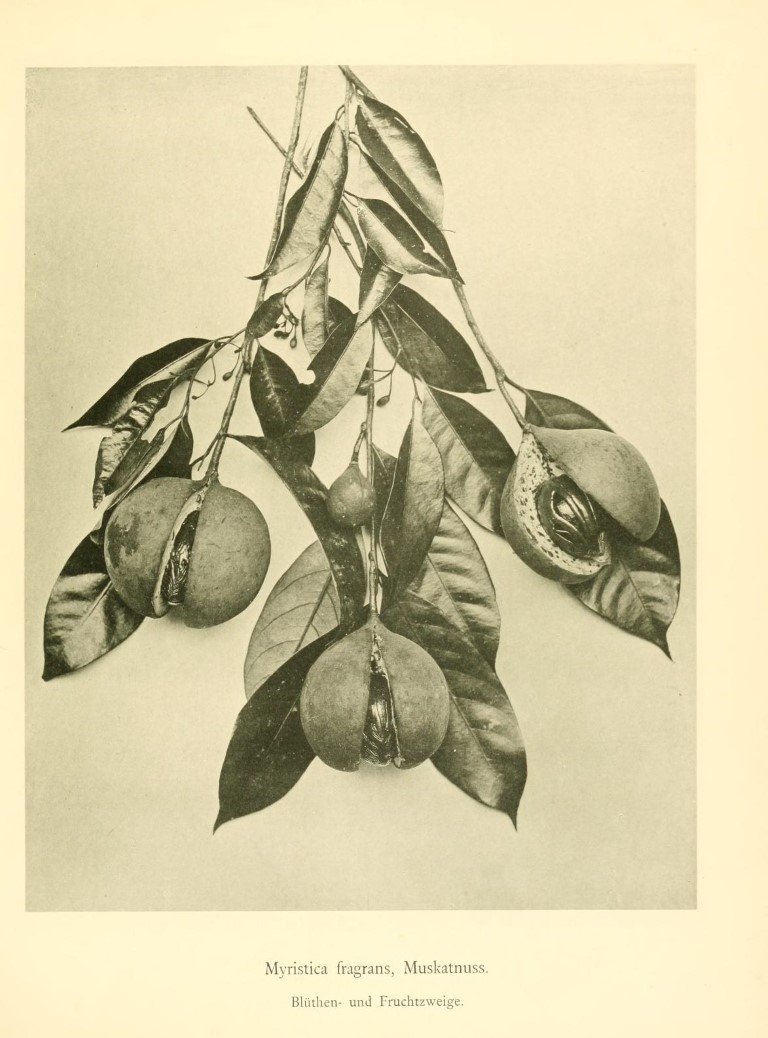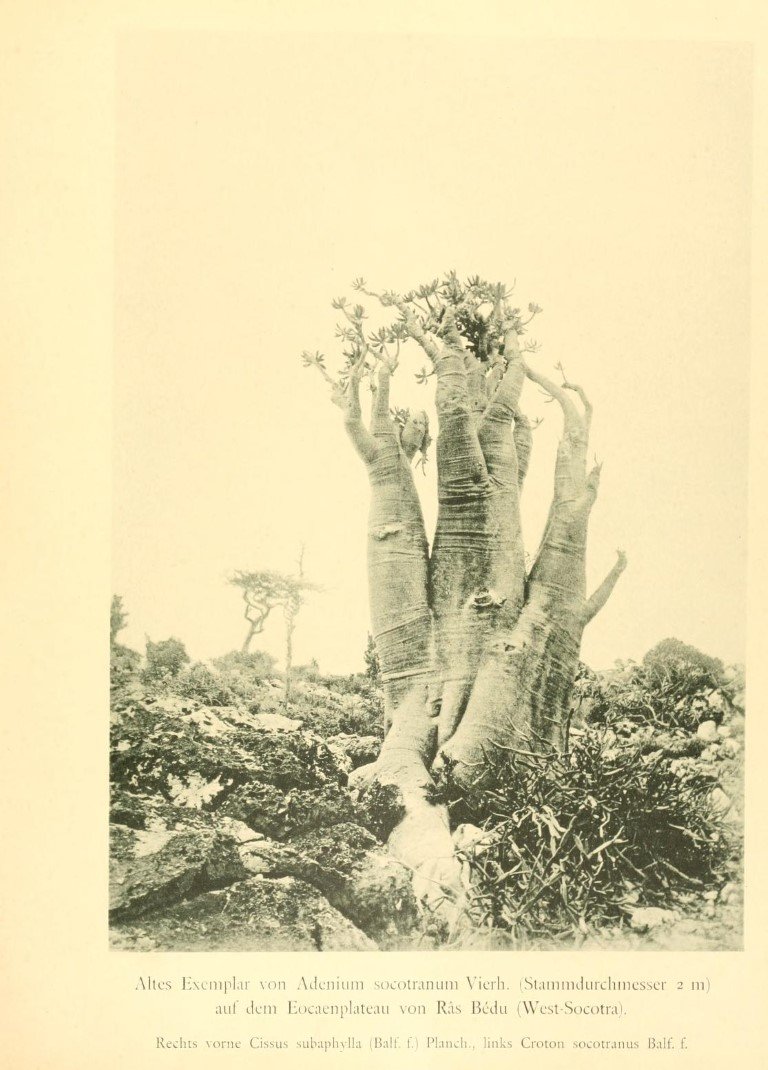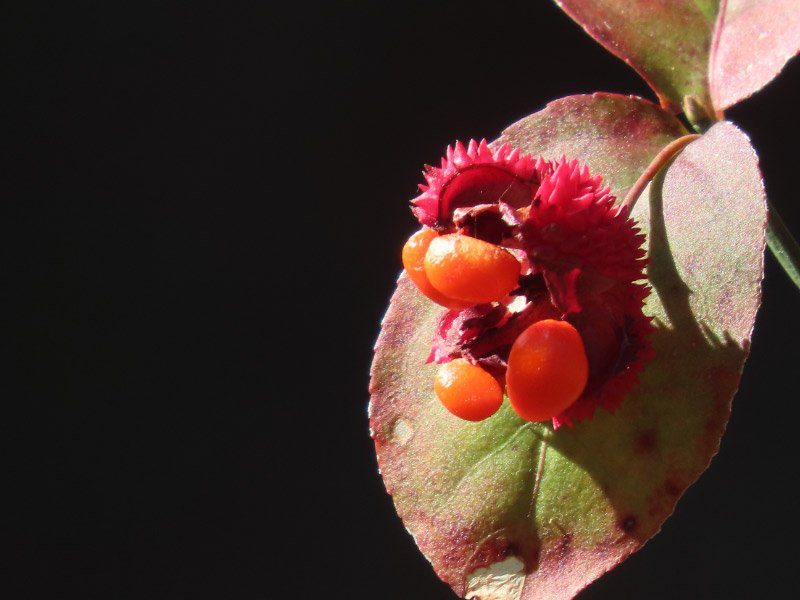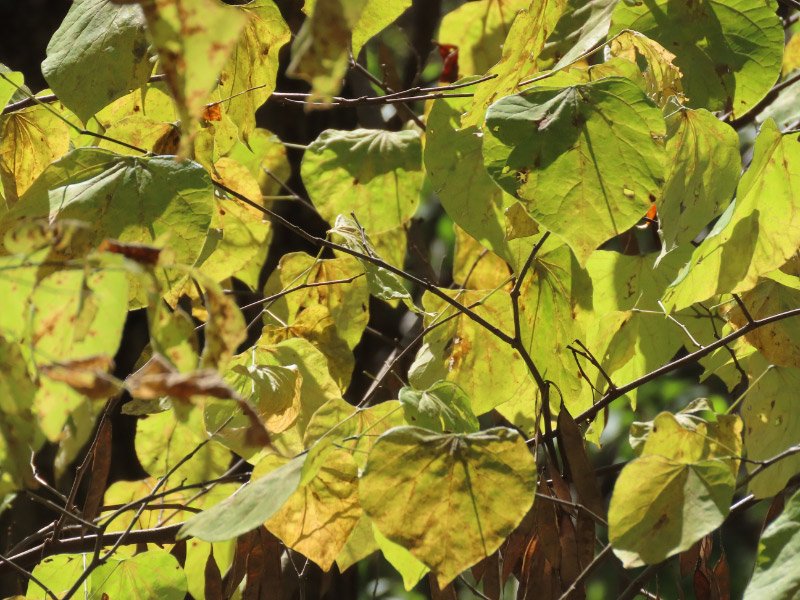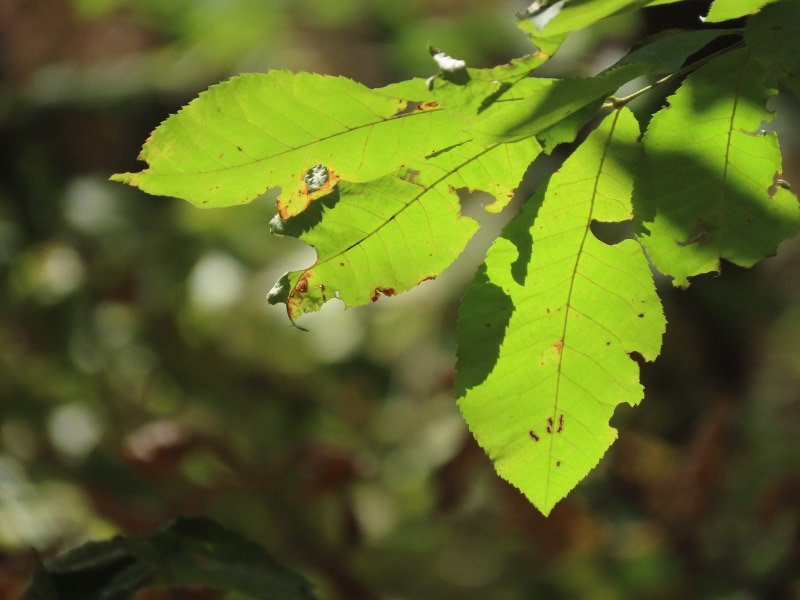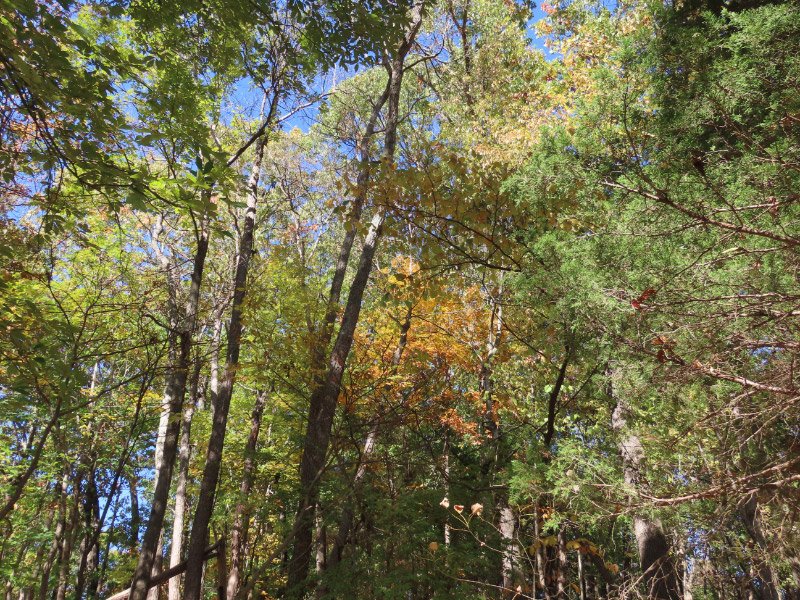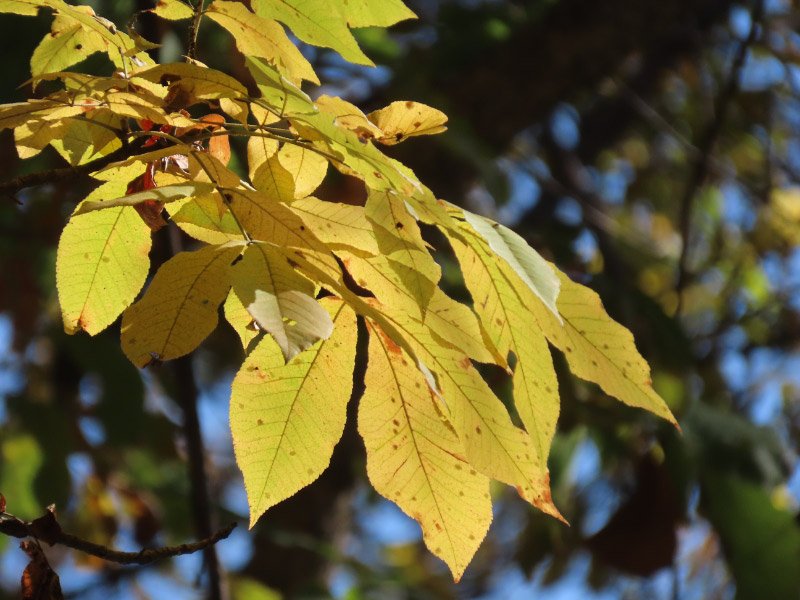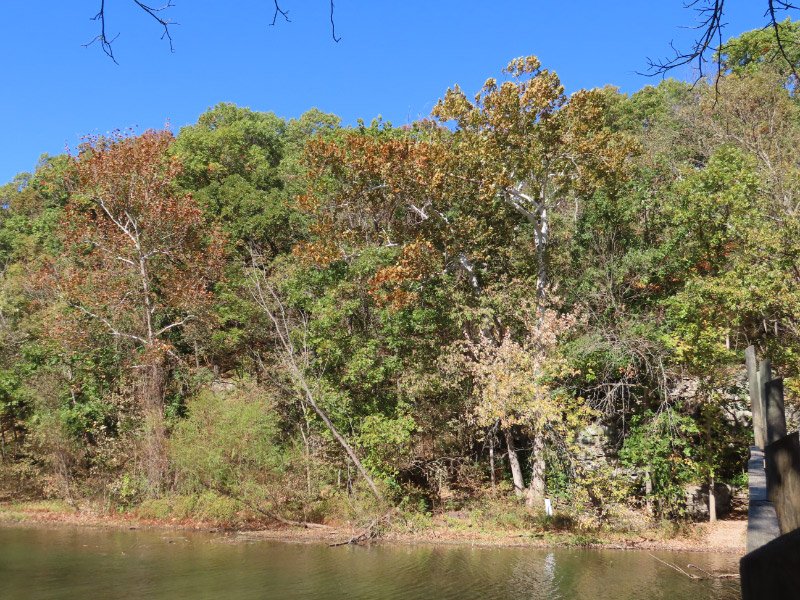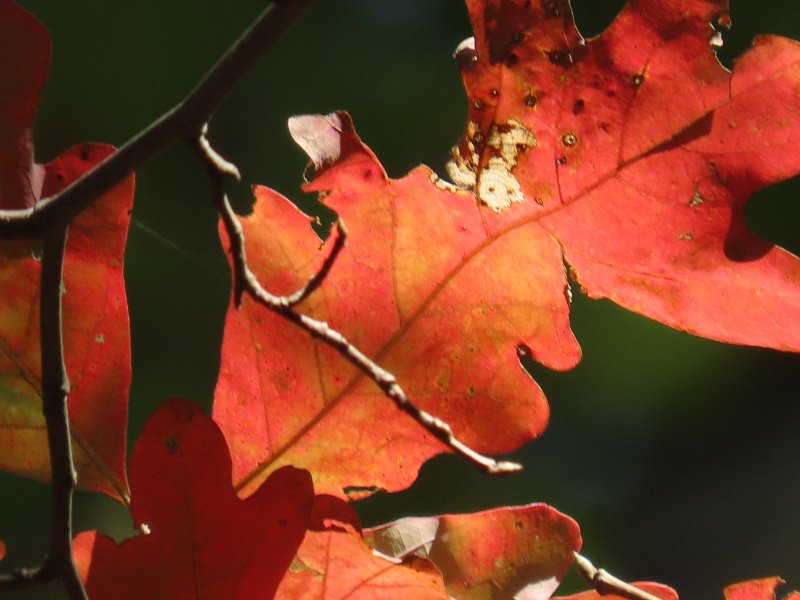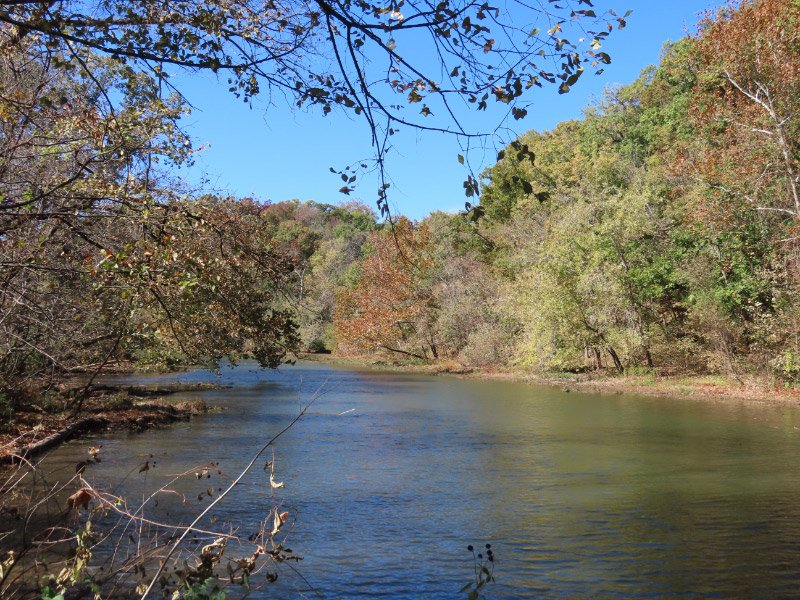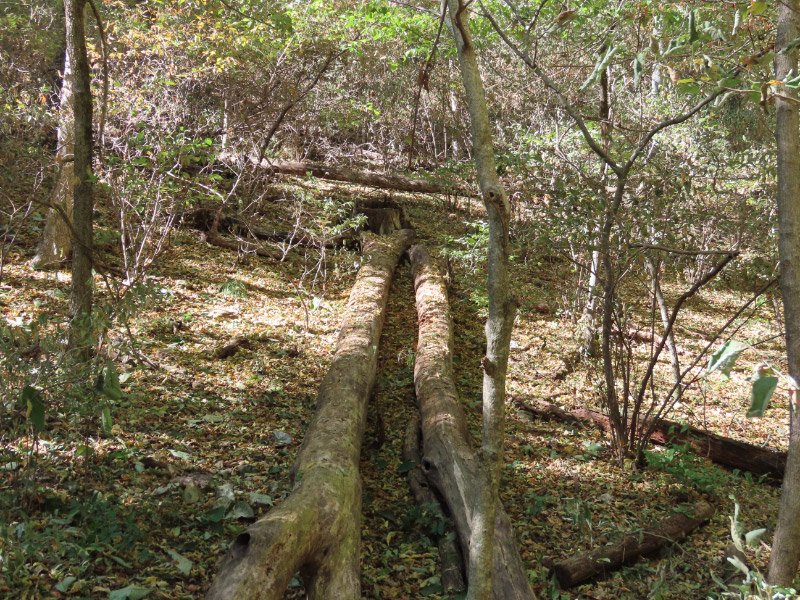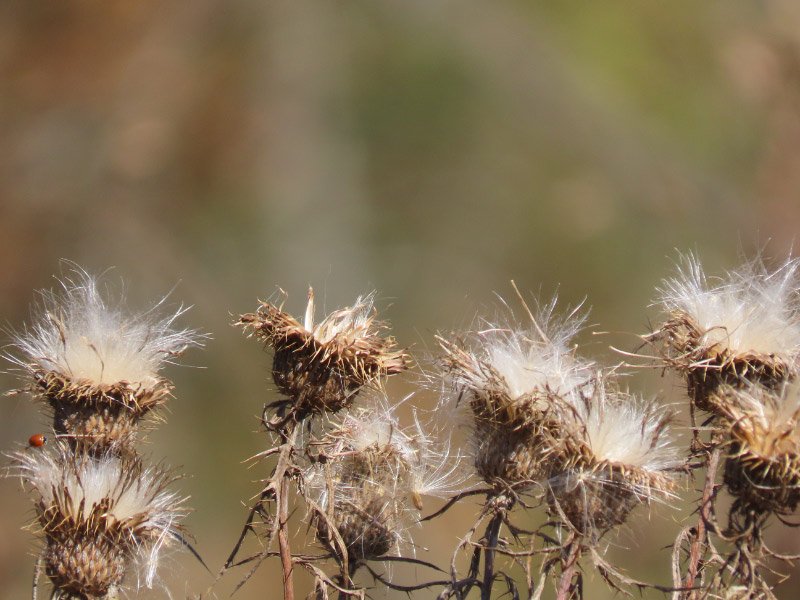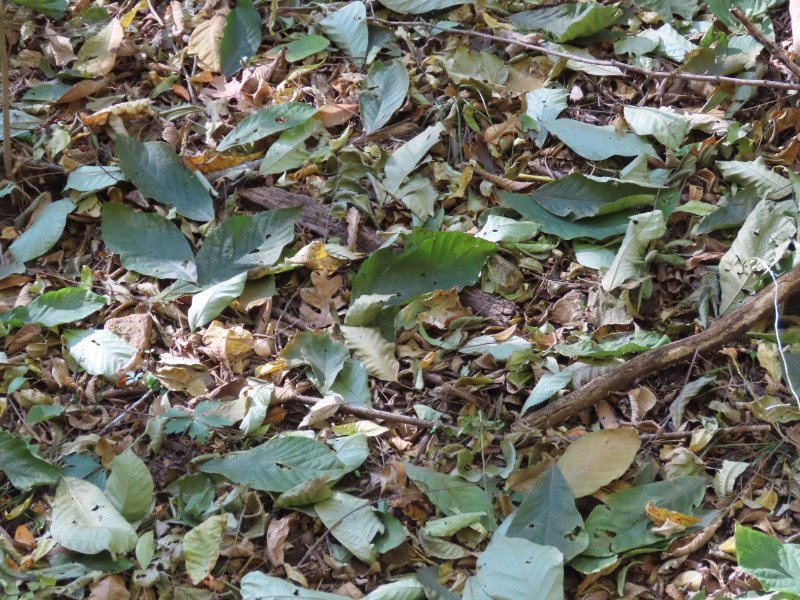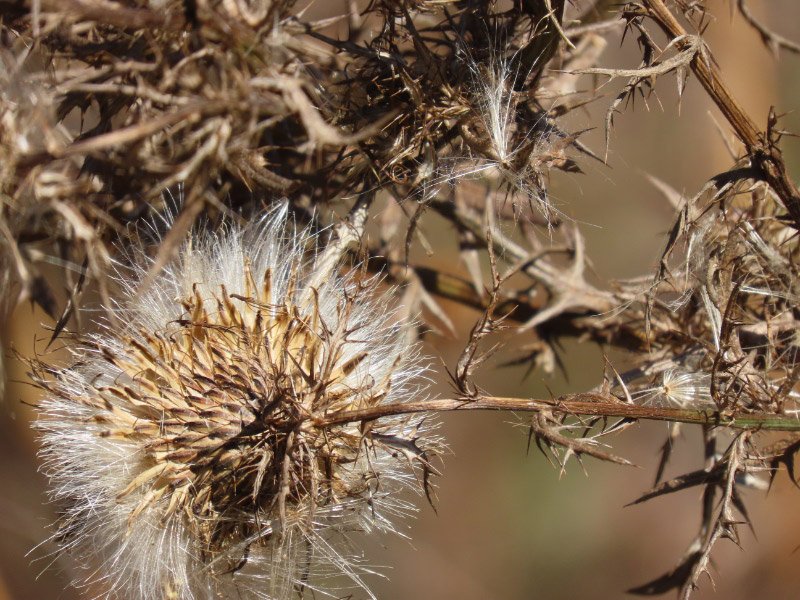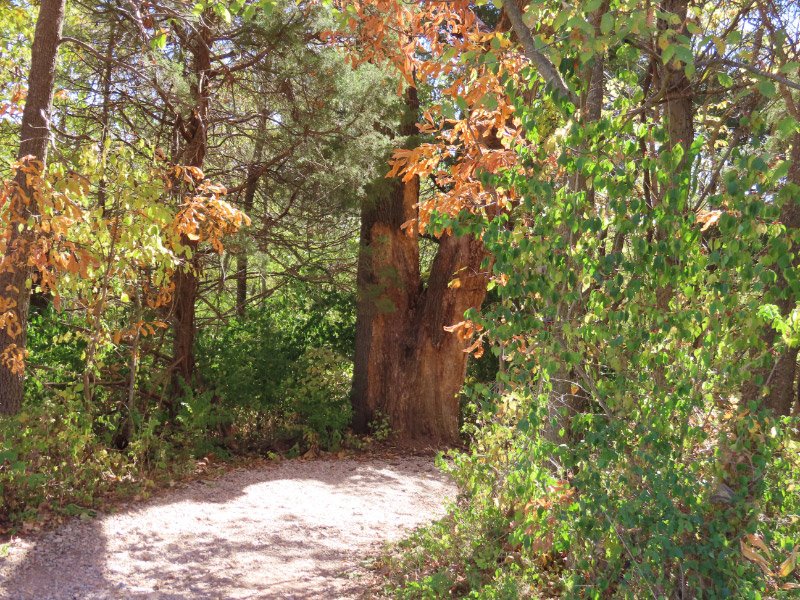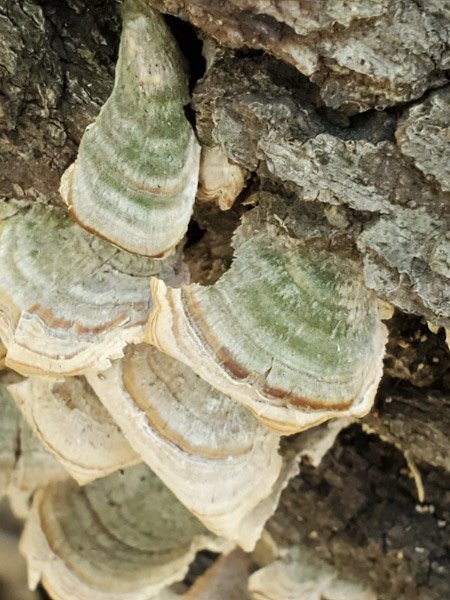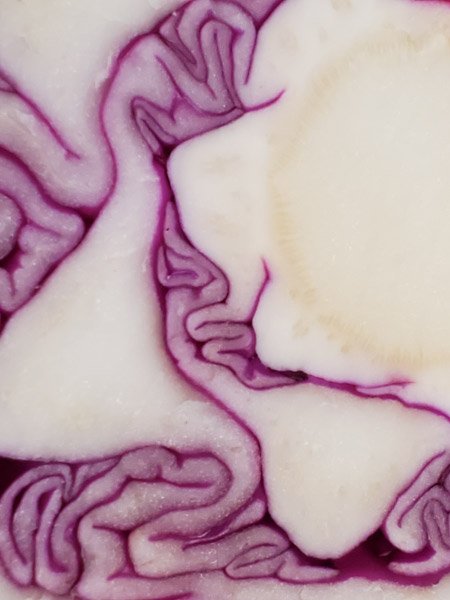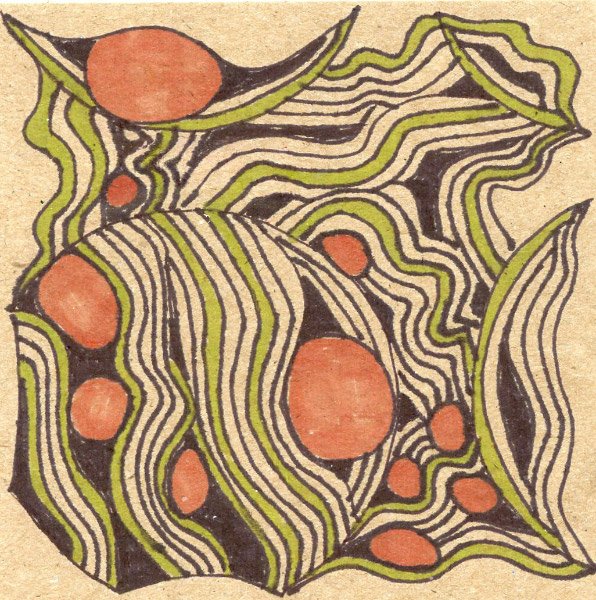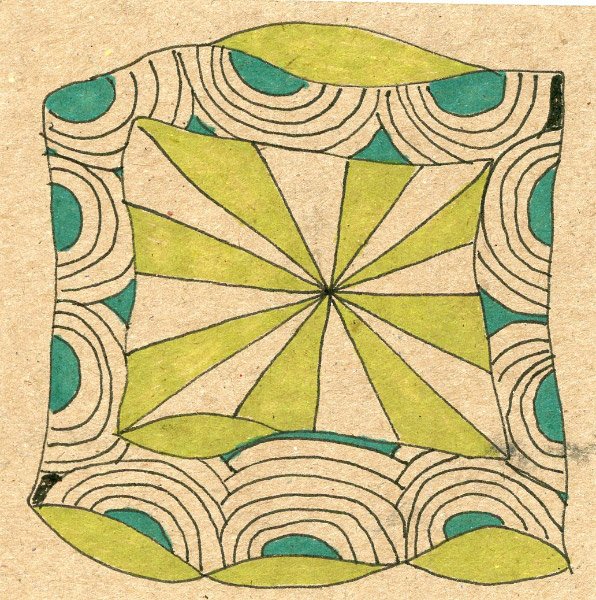Bulb Planting
/I planted 141 bulbs in the back yard of my Missouri house in the 1st weeks of November: 16 iris, 20 allium, 30 hyacinth, 35 crocus, and 40 daffodils.
It was a harder job than I anticipated:
There is thick black cloth under the rocks in the defined beds near the house. I only planted a few bulbs there – in the area where a small cedar had died (I took it out, cut the black cloth, and planted the bulbs!
The areas under the pines were a good place for a few bulbs but I only planted on the sides that would get at least some sun during the day. It turned out to be not a very large area and I discovered there were more rocks in the grassy parts of the yard than I expected. My bulb planter broke partially under the strain.
There was one area that I particularly wanted to plant….near one of the windows I look through while I am at my computer. The soil was rocky there too. I opted to use the shovel to dig trenches then plant a mixture of bulbs. That worked well but it took me two days since my back bothered me – the contortion of digging and planting made it hard to keep my back aligned; I shortened my work times and the weather cooperated…got the job done.
I had thought when I started the project that I would plant some of the bulbs around the trees in the front yard…or the beds close to the house. But the defined beds have rocks over black cloth the same as the ones in back and the area around the trees is very hard. My alternative plan is to put a significant layer of mulch around the trees in early spring and then plant day lilies to make a ruff around the base of the trees like I had in Maryland. I don’t want to bump the tree trunks with the lawn mower or have to use the weed eater around them either.
I got a little sidetracked when I was looking for places to plant bulbs in the front yard: a very tall dandelion puff near the mailbox
And some Virginia Creeper than was protected by the bushes in one of the front beds….the red leaves looked very festive.
It feels great to have at least the fall bulb planting part of my plan for the yard completed!




